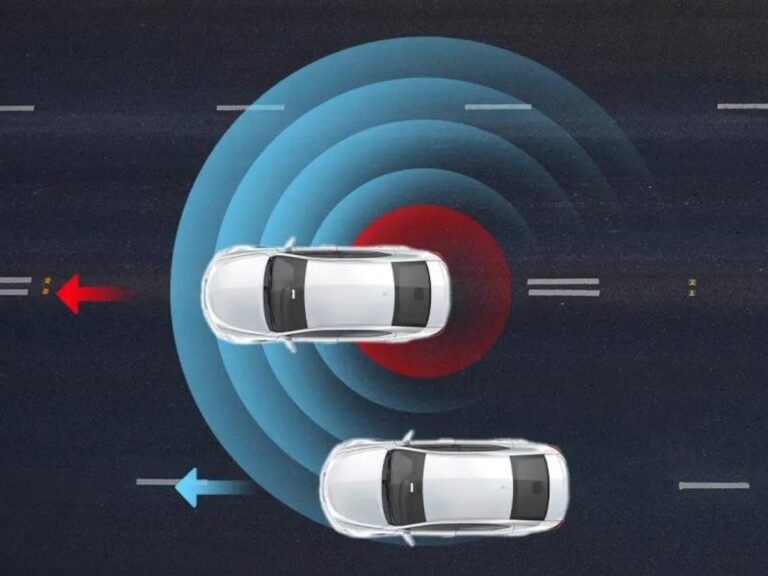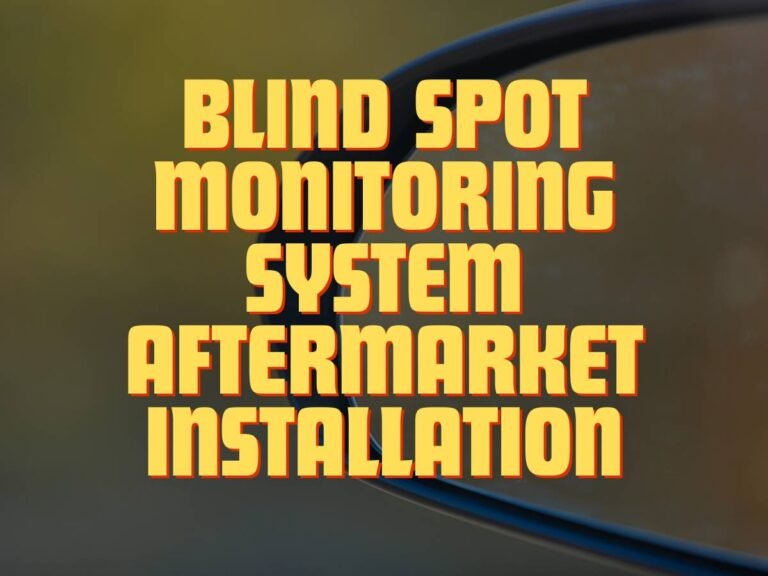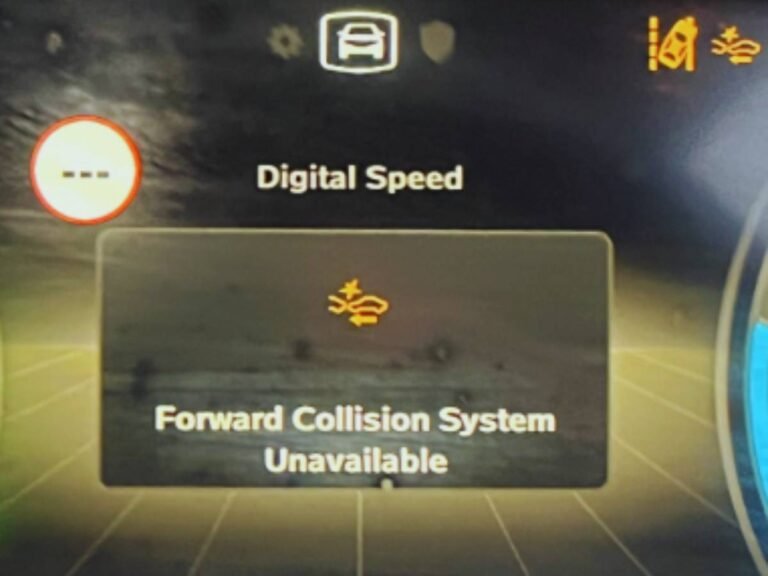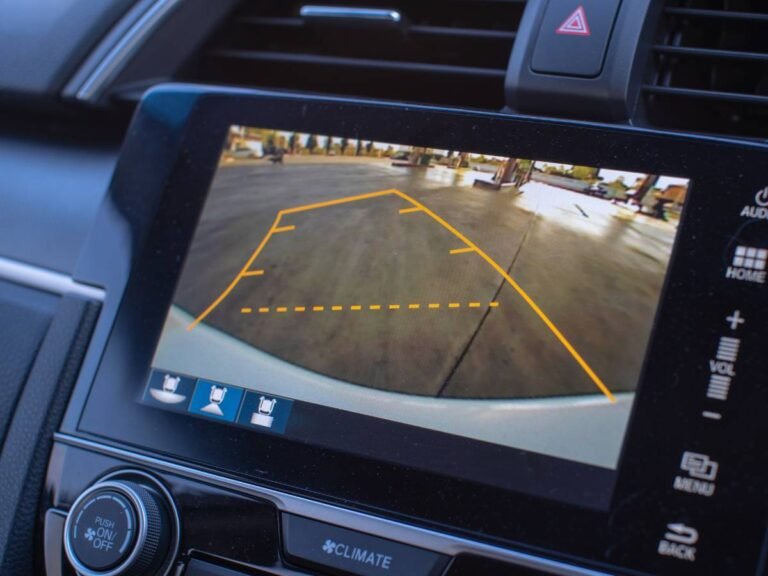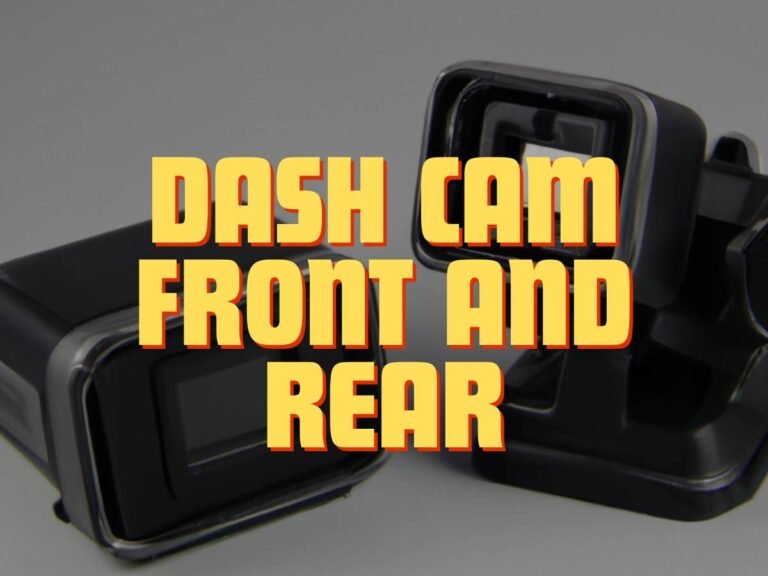Why Is My Forward Collision Warning Light On? The Complete Guide

Is your forward collision warning light always on? Then, it might be going through some malfunction or error. But there’s nothing to worry about. There could be many reasons behind it. Some people think it is always hardware failure or another serious issue. However, that’s not the case.
In this guide, we will break down the causes and fixes for the reported error, why is my forward collision warning light on? So, without any further ado, let’s get started!
Why Is My Forward Collision Warning Light On – Is This a Serious Problem?
The short answer is, yes, it could be a serious problem. However, we can only say for sure if you have a professional inspection for the forward collision warning light.
Forward collision warning systems serve as crucial safety features, designed to alert drivers of potential hazards on the road ahead. These systems utilize advanced sensors and technology to monitor the distance between your vehicle and others. In short, it helps mitigate the risk of collisions.
When your forward collision warning light illuminates on the dashboard, it’s not just a simple notification. It is your vehicle’s way of communicating a potential issue that demands immediate attention. Ignoring warning lights can lead to serious consequences, including accidents or damage to your car.

Why Is My Forward Collision Warning Light On – Common Causes + Fixes
When your forward collision warning light flickers on, it’s essential to identify the underlying causes promptly. Here are the most common causes behind the problem:
1. Sensor Obstruction
Your vehicle’s forward collision warning system relies on advanced sensors strategically positioned to monitor the road. These sensors constantly scan the surrounding environment, detecting obstacles and potential collision risks. However, various factors can obstruct their view or impede their functionality.
However, dirt, mud, or debris accumulates on the sensors, obstructing their line of sight. In such instances, the sensors may fail to accurately detect, leading to false alarms or, worse, overlooking genuine threats.
Moreover, adverse weather conditions like heavy snowfall or fog can further hinder sensor performance. It’s essential to regularly inspect and clean the sensors to mitigate these risks. Additionally, staying mindful of environmental factors and adapting your driving behavior accordingly can help maintain optimal sensor functionality.
2. Malfunctioning Sensor
Despite their sophisticated design, sensors are not immune to malfunctions. Over time, sensors may experience wear and tear. It can lead to inconsistencies or inaccuracies in their readings. Signs of a malfunctioning sensor may manifest as erratic warning alerts, inconsistent performance, etc.
Several factors can contribute to sensor malfunctions. That includes physical damage due to accidents, debris, etc. Calibration discrepancies, in particular, can significantly impact sensor accuracy. A certified mechanic or dealership can diagnose the issue accurately. They can also perform any necessary repairs or recalibrations to restore optimal sensor functionality.
3. Low Visibility Conditions
Adverse weather conditions pose a significant challenge to forward collision warning systems. Heavy rain, thick fog, or blizzards can severely impair sensor visibility. That can limit the sensor’s ability to detect potential hazards accurately.
In such situations, it’s essential to adapt your driving behavior accordingly. Some tips can be reducing speed and increasing the following distance to compensate for reduced visibility. Plus, Utilizing headlights, fog lights, or windshield wipers can also improve visibility.
4. System Calibration
Regular calibration is essential to ensure the accuracy and reliability of your vehicle’s forward collision warning system. Over time, factors such as normal wear and tear or changes in vehicle alignment can affect sensor calibration. That is why people report errors, like why is my forward collision warning light on.
Therefore, scheduling periodic calibration checks with a qualified technician is critical. It can maintain optimal system performance and minimize the risk of accidents.
Preventive Tips to Avoid Errors Like Why Is My Forward Collision Warning Light On
The effectiveness of your vehicle’s forward collision warning system requires proactive maintenance. Here’s what you can do:
1. Regular Maintenance
Just as you prioritize regular check-ups for your health, your vehicle also requires routine maintenance to function optimally. Scheduled maintenance checks allow trained technicians to inspect crucial components.
Your vehicle’s sensors act as its eyes on the road, constantly scanning the environment. To ensure accurate readings and timely warnings, it’s essential to keep these sensors clean and free from debris.
2. Awareness of Driving Conditions
Adverse weather conditions, such as heavy rain, fog, or snow, pose unique challenges to drivers. In such conditions, it’s crucial to adapt your driving behavior accordingly. That means reducing speed, increasing following distance, and using appropriate lighting to enhance visibility.
This way, you can mitigate the impact of adverse weather on your vehicle’s safety systems, including the forward collision warning light.
Various environmental factors can also affect the performance of your vehicle’s sensors. That includes construction zones, tight corners, dense foliage, and unpredictable wildlife. You can minimize the likelihood of sensor interference by staying aware of your surroundings and maintaining a proactive mindset.
Conclusion
Why is my forward collision warning light on? Hopefully, now you know the reasons and their solutions. It’s evident that proactive maintenance and awareness are paramount in ensuring road safety. From sensor obstructions and malfunctioning sensors to adverse weather conditions and system calibration, we’ve uncovered the common triggers.
Prioritize regular maintenance checks, including keeping sensors clean and free from debris. This simple step can maintain the integrity and effectiveness of their vehicle’s safety systems. Additionally, awareness of driving conditions with adaptive driving behavior allows drivers to navigate safely through various environmental challenges.


